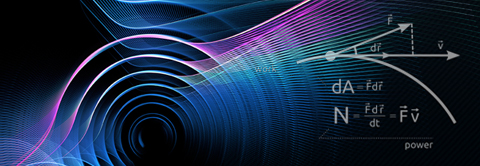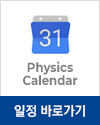Propagation of ultrasound through two- and three-dimensional strongly scattering media
2015.07.27 12:59
| 날짜 | 2015-08-04 11:00 |
|---|---|
| 일시 | 2015/08/04, 11PM |
| 장소 | B501, Room Red, KI bldg. 5nd fl. |
| 연사 | Dr. Eric Jin Ser Lee(Univ. of Manitoba, Canada) |
Propagation of ultrasound through two- and three-dimensional strongly scattering media
2015/08/04(TUE), 11PM, B501(Room Red, KI bldg. 5nd fl.)
Dr. Eric Jin Ser Lee, Department of Physics and Astronomy, Univ. of Manitoba, Canada
During my Ph. D study at the University of Manitoba, I have investigated the propagation of ultrasound through two- and three-dimensional strongly scattering media, with either random or ordered internal structures, through experiments and finite element simulations. All media investigated have strong scattering resonances, leading to novel transport behaviour.
The two-dimensional samples consist of nylon rods immersed in water. Nylon fishing lines under tension are used as two-dimensional scatterers. Note that since the rods are parallel and of uniform diameter, there is negligible scattering of waves out of the plane perpendicular to the rods, so that the system appears two-dimensional from the wave point of view for propagation in this plane. When nylon rods are surrounded by water, they exhibit strong scattering resonances. In such an environment, the nylon scattering resonance can couple with the propagating mode through water to create a bandgap. This is a called hybridization gap. When the nylon rods are arranged in a triangular lattice to form two-dimensional phononic crystals, very unusual dispersion properties are observed when the lattice constant is adjusted so that Bragg and hybridization gaps overlap in frequency. This behaviour is attributed to the competition between two co-existing propagating modes, leading to a new method for tuning bandgap properties and adjusting the transmission by orders of magnitude.
The three-dimensional media were fabricated by brazing aluminum beads together to form a disordered porous solid network with either vacuum in the pores. This system is of particular interest because it has been shown to exhibit Anderson localization of ultrasound. With such system, the density of states (DOS) was investigated. It is the number of vibrational states per unit frequency range per unit volume. The DOS is a fundamental property of any system and can influence not only wave transport but also the possibility of forming localized states. The DOS was measured by directly counting the modes in the frequency domain. At intermediate frequencies, the DOS was found to be approximately independent of frequency, while at higher frequencies, the frequency dependence was consistent with traditional DOS models. Furthermore, the level statistics, which describe the distribution of the separations between neighbour modes in frequency, of the modes was investigated to determine the conditions under which level repulsion occurs. As the sample becomes larger to have more modes, the modes start to overlap and repel each other so that level repulsion effects become important. Consequently, the level statistics were observed to become closer to GOE predictions as the sample size increased. For the last, as there is a transition from diffusive to localized regime around the lower bandgap edge, a transition from GOE to Poisson distribution is observed.
Contact: Prof. YongKeun Park, Physics Dept., (yk.park@kaist.ac.kr)






